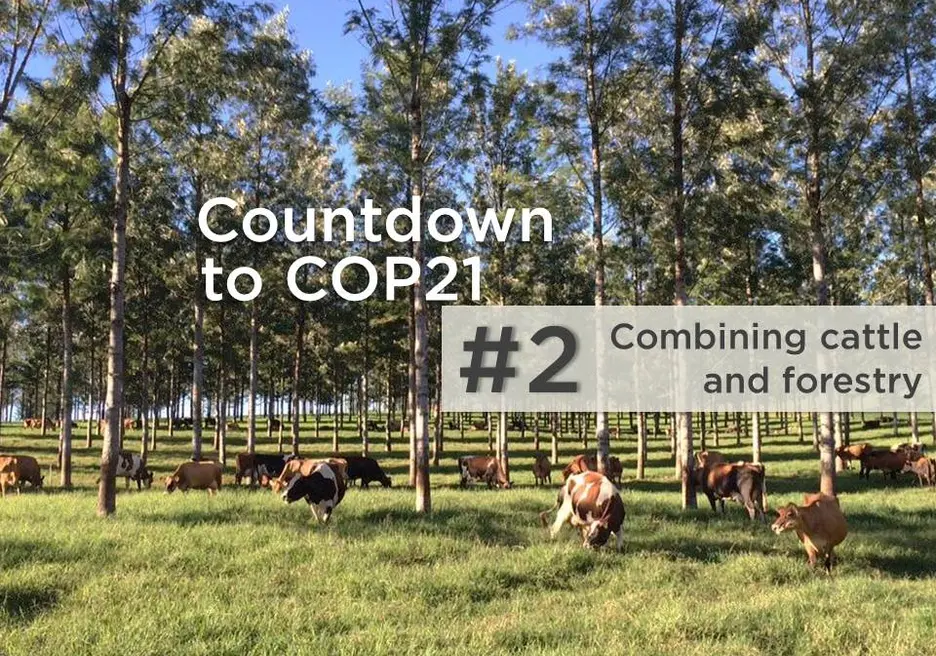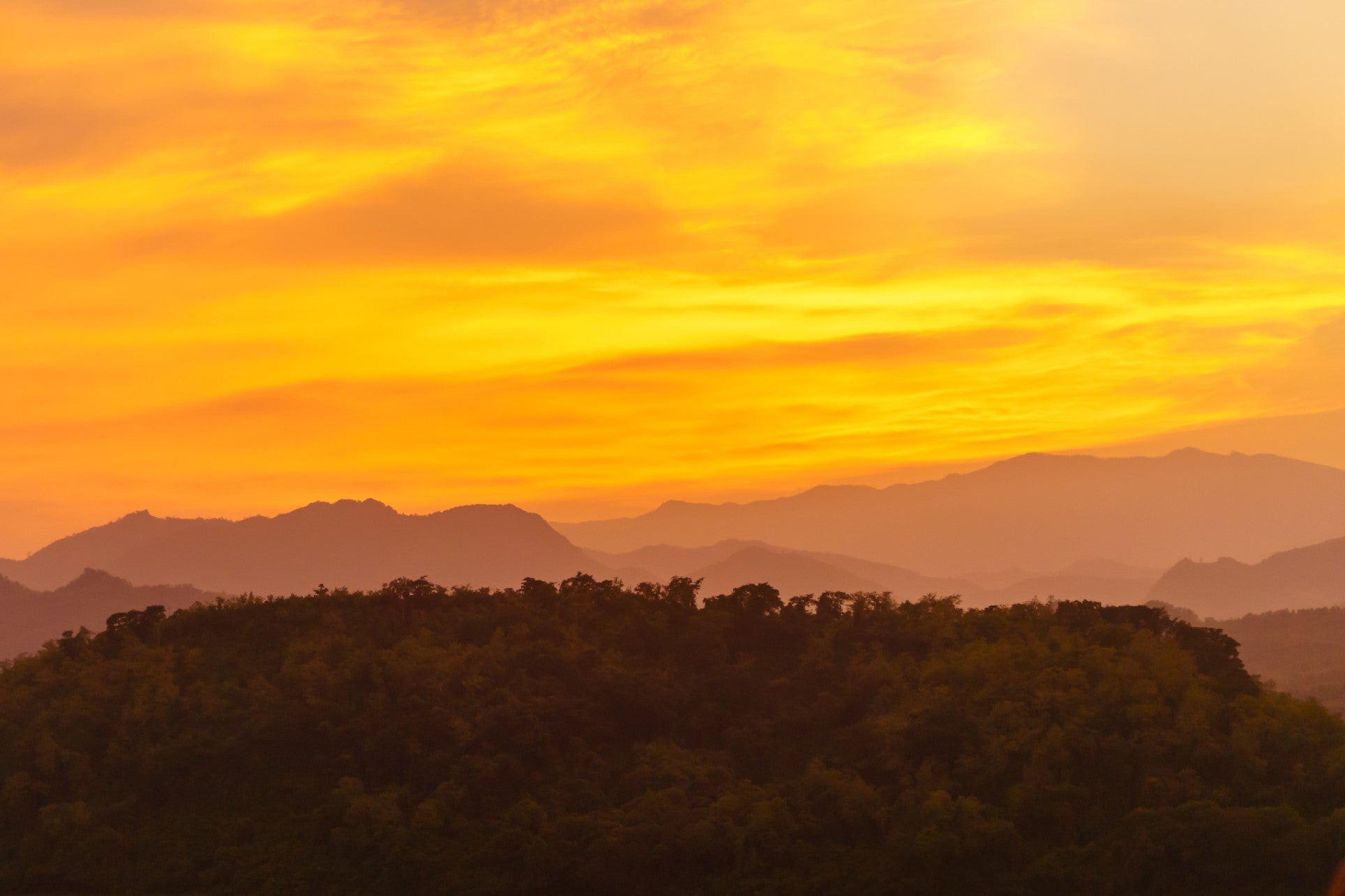Combining cattle and forestry: five benefits of silvopastoralism

[caption id="attachment_4977" align="alignleft" width="435"] Silvopastoral system in Brazil[/caption]
Silvopastoral system in Brazil[/caption]
Heat, cold and extreme weather are big factors in cattle productivity that affect the bottom line of beef and dairy producers. And it is the reason that cattle ranchers across the region are increasingly considering silvopastoral systems. In a silvopastoral system, cattle graze in forested land.
Enormous potential exists to expand silvopastoral systems in Latin America and the Caribbean. In Brazil alone, an estimated 170 million hectares are used for livestock production, which is an area larger than Peru and Ecuador combined. Here are five reasons to support silvopastoral systems:
- Earn more: Synergies between cattle and trees mean that a combined system can produce more income than either system on its own. Comfortable cows lead to more and higher quality beef and milk.
- Fight climate change: When planted on degraded pasture land, trees sequester significant amounts of carbon dioxide. A silvopastoral project in Colombia has increased carbon sequestration by about eight tons of carbon dioxide per hectare. Silvopastoral systems can provide watershed and biodiversity benefits as well.
- Access finance: It is difficult for forestry companies to borrow for investments in forest plantations because of their cash flow profile. Trees are harvested when they are mature, meaning that all plantations’ incomes come at the end, at least seven years later. Bankers don’t like this risk. Adding cattle to the system generates revenues every year. Such cash flow allows ranchers to access finance and start to pay back a loan while they wait for trees to grow.
- Make more with less: Planting two crops allows a farmer to produce more. Given the global challenge of feeding nine billion people by 2050, this is an important benefit.
- Adapt to local conditions: Silvopastoral systems can be altered to fit farmers’ needs by focusing more on forestry growth or cattle productivity. After visiting farms in Paraguay, where timber production was emphasized, I traveled to Brazil, where dairy farmers preferred to optimize milk production. They planted trees in lower density to allow more light for the pasture but maintain some shade for the cattle.
[caption id="attachment_4880" align="alignright" width="300"] Silvopastoral system in Paraguay[/caption]
Silvopastoral system in Paraguay[/caption]
Despite these benefits, to date silvopastoral systems are not widely used. There are major obstacles holding back a scale-up of silvopastoralism.
Cattle ranching is ingrained in many Latin American countries’ culture. Increased revenues or other benefits are not enough to convince many ranchers to consider changing systems. The knowledge required to manage trees is much different than that to manage cattle. In Parana, Brazil, extension agents managed by Embrapa (a Brazilian agricultural research group) work with farmers to help them prune trees, identify and treat pests and advise on harvest and other critical forest management decisions. Although it is easier to finance silvopastoral systems than pure forestry systems, access to finance remains an obstacle for many farmers. Many farmers lack credit history and financing the long payoff period of trees is still seen as risky by banks.
Expanding silvopastoral systems in Latin America and the Caribbean and the rest of the world has enormous potential to mitigate climate change while increasing revenues for cattle ranchers. And it offers investors a chance to green their portfolio with lower risk than pure forestry. I hope that COP21 negotiators use the Paris conference to promote this innovative production system.
LIKE WHAT YOU JUST READ?
Subscribe to our mailing list to stay informed on the latest IDB Invest news, blog posts, upcoming events, and to learn more about specific areas of interest.
Subscribe



